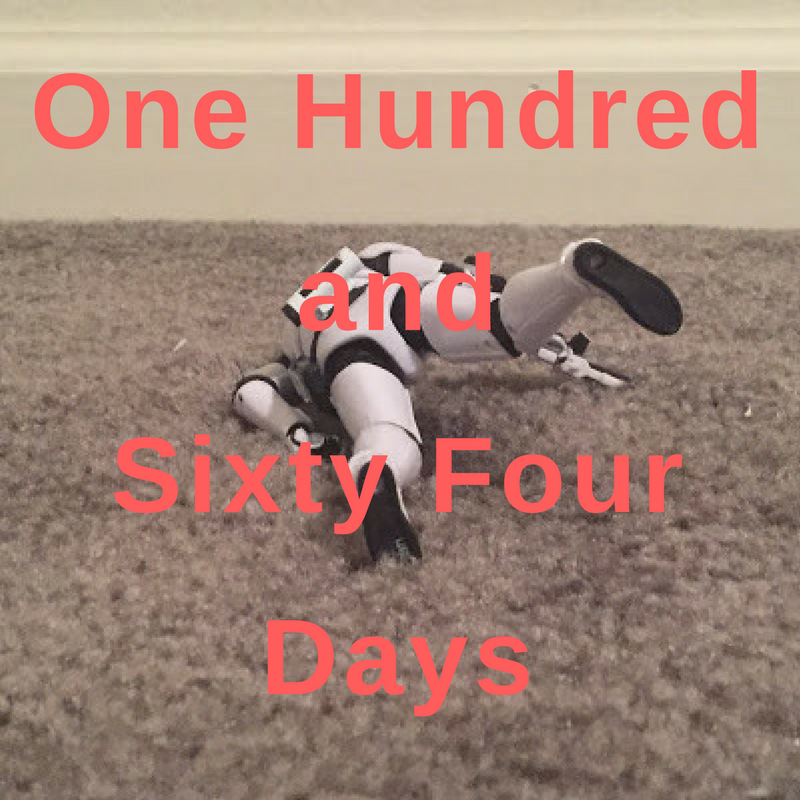
1. Daft Punk - Homework (1997)
In 2001 Daft Punk released Discovery, an album of 70s-influenced electro pop that proved to be one of the decade’s most enduring achievements. It placed at #3 on Pitchfork’s Top 200 Albums of the 2000s list, ahead of Yankee Hotel Foxtrot and The Blueprint, beaten for the top spot only by Funeral and Kid A. It was a good album that received fair-to-decent reviews on release, but which grew significantly in stature as the decade continued. (In 2004 when Pitchfork compiled their Best of 2000-04 list, the album was featured at number twelve, to give an example of the album’s ascent in critical hindsight.)
Looking back, it’s easy to see why the album succeeded so well over the long term. Even if, at first, the album appeared to be little more than a pastiche of the most guilelessly appealing sounds of the 1970s, wrapped up in a slightly cheesy dance-pop bow, it proved startlingly prescient. In a few years half of everything on the radio was trying to sound like Discovery. The duo’s sincere pastiche surpassed its (seemingly) disposable origins and became one of the most influential sounds of the decade: maybe not the specific way that album managed to replicate Supertramp’s electric piano or the bassline on Steely Dan’s “Black Cow,” but the general mood of reverential nostalgia that gripped so many of the previous decade’s most significant artists.
Discovery was and is a great album that deserves its reputation. The problem was, when the album dropped in March of 2001, it wasn’t what I wanted. The first single, ”One More Time,” baffled me. What had happened to Daft Punk? To put it bluntly (which was exactly my reaction at the time), where were the beats?
It felt like a betrayal. It appeared to be a dodgy retro pop move from a group that had previously seen fit to grace the world with one of – if not the – best house LPs ever recorded – 1997’s Homework. In hindsight (once again) it’s easy to see that this was an unfair comparison. Discovery wasn’t a straight-ahead house album, and it was never intended to be. It was something else, and it became clear as the decade wore on that they had no interest in going back to the sound that initially made them famous. And, to be fair, the beats were there on Discovery, they just sounded a bit different. I eventually outgrew my initial dismay.
But 2001 was four years after 1997, and so four years after the high-water mark of the so-called “electronica” push that American record companies conjured up in a desperate effort to replicate the success of grunge just five years previous. (Of course, they needn’t have worried: teen pop was waiting around the corner, right about to come back in a big way, and just in time for the death of the CD era.) Homework wasn’t an obscure gem. It was a major release on Virgin records, spawning a handful of popular singles (“Around the World, “Da Funk”), and memorable videos that made it into frequent rotation on MTV. (For those who remember the glory days of M2, the intro to “Revolution 909” was used in network promos for a couple years.) But 2001 was a different world from 1997: “electronica” was a dead letter, conventional wisdom once again affirmed that dance music would never take flight as a national concern, and the kids who had bought Homework had thrown the CD into the back of their car before moving on to Significant Other. When Discovery premiered, it gained traction with hipsters and critics who still liked electro pop but had long since had their fill of “dance music,” and its reputation grew in the interim, while Homework languished.
2005’s Human After All met a muted response. That was a shame, as I quite like the album: it’s off-the-cuff sound, recorded fast and cheap over just a couple months, brought to mind Homework’s “Rollin’ and Scratchin’” and “Rock’n Roll.” But again, even if the album initially underperformed, it grew in hindsight: in just a few years that albums harsh and staticky sound would be everywhere. When Kanye West wanted Daft Punk for Yeezus, he didn’t want the understated funk of “Get Lucky” – he wanted the electronic buzzsaw from Human After All. (And hey, I called it back in 2007.)
But for me, and I’m sure a few others, Homework will never be surpassed.
I remember, when “Get Lucky” first dropped, I expressed my disappointment – a recurring theme, here – that the song wasn’t house. The response I got was, in essence, why would Daft Punk want to waste their time making cookie-cutter EDM? (I, uh, threw a tantrum here, but again, I eventually came around to Random Access Memories, even if their failure to continue the cover theme of their first three releases still stings.) And the answer is simple: Daft Punk never made cookie-cutter “EDM,” they made house music.
It’s funny, considering I never liked dancing, how much I love house music. House music means a lot to me. I love the history, I love the sound, I love the mythology. I realized recently that Homework wasn’t actually that much different in design and execution from their follow-ups. It was, like Discovery and Random Access Memories before it, also a kind of pastiche. They came up in the world of French house, and French house always had a kind of candy-colored sheen that American and British dance music never managed. It probably has something to do with the fact that disco never died on the continent. In the late seventies and early eighties, dance music in the United State went underground, rejected by middle America but embraced by the outsiders, racial and sexual minorities living in urban areas who built a musical culture based on models of tolerance, cooperation, and optimistic futurism. (The long version is a bit more complicated than that, but this is the ideal.) Listening to Homework now, it’s a grab bag of different styles and modes from the first twenty years of house history, from old school New York garage (“Revolution 909”) to UK acid house (“Rock’n Roll”) to cheeseball Eurodisco (the deathless “Around the World”), slathered with high-gloss production that accentuated every detail. (The only thing missing was a full-on diva track, but they checked that off the list on Discovery). As the track “Teachers" suggests, the album was kind of, well, a dissertation on dance music history. House music – being a singles genre – doesn’t have the best track record with full-length LPs, but Homework managed 74 continuous minutes without a dud in the bunch. It was a window on a world that was already beginning to fade.
That world is dead now. Like CBGB’s, the Paradise Garage is long since gone. Larry Levan has passed, so too Frankie Knuckles. Big festival EDM has become the breakthrough dance music that “electronica” and house could never be, with all the attendant baggage. So it goes. You can’t really get mad at the kid in the Green Day T-shirt for not knowing who the Vibrators were, anymore than you can get mad at the dudebros moshing to Skrillex for not being able to pick Carl Craig out of a line-up. The history is there for those who want to look.
Guy-Manuel de Homem-Christo and Thomas Bangalter returned from the wilderness in 2001 dressed as robots, hiding their faces behind two now-iconic metal masks. As much of a gimmick as it may seem, it’s well in keeping with dance music’s tradition of relative facelessness. Deadmau5 wears a helmet, too, and for much the same reason. The Chemical Brothers are just two normal looking blokes you could imagine working in a bank or an IT department. It doesn’t matter who you are when you play house music. You could be anybody or anything. What matters is the sound, the feeling, the history, and the future.
And that is why the album ends with “Alive.” It’s not just any stereotypical “end of album” epic. It’s remarkably simple, really, maybe the simplest song on the record: just one big beat, with two different synth riffs coming in and out of the mix. And yet, the song manages to take these ingredients and turn it into the most massive sound imaginable. When the two riffs synch up, it sounds like the pressure drop from an explosion, the labored breath of an ancient space god arising from the depths of the ocean. It’s bigger than anything else, bigger than you and bigger than me.
And that is house music.














